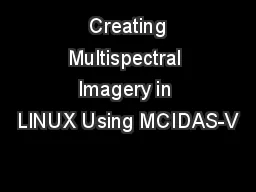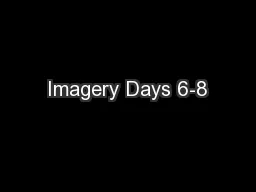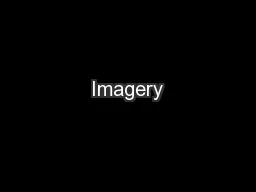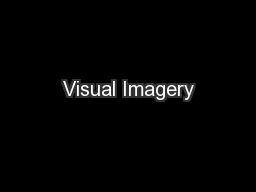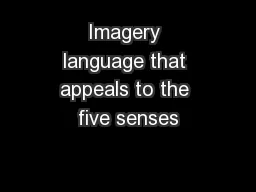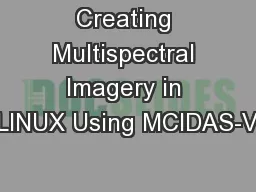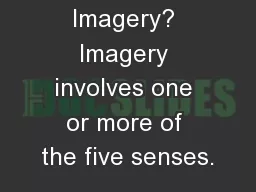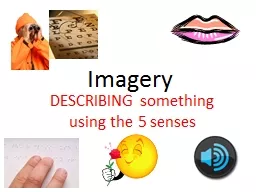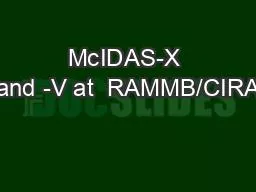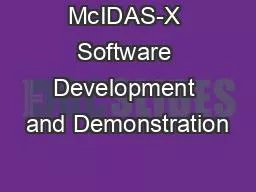PPT-Creating Multispectral Imagery in LINUX Using MCIDAS-V
Author : olivia-moreira | Published Date : 2020-04-08
Subtitle Introduction The legacy GOESImager radiometer still active on GOES15 and previous satellites had 5 channels also known as bands including one visible
Presentation Embed Code
Download Presentation
Download Presentation The PPT/PDF document " Creating Multispectral Imagery in LINUX..." is the property of its rightful owner. Permission is granted to download and print the materials on this website for personal, non-commercial use only, and to display it on your personal computer provided you do not modify the materials and that you retain all copyright notices contained in the materials. By downloading content from our website, you accept the terms of this agreement.
Creating Multispectral Imagery in LINUX Using MCIDAS-V: Transcript
Download Rules Of Document
" Creating Multispectral Imagery in LINUX Using MCIDAS-V"The content belongs to its owner. You may download and print it for personal use, without modification, and keep all copyright notices. By downloading, you agree to these terms.
Related Documents

